Changing Perspectives in the Countryside: Jasmine Isa Qureshi
Written by Nicola Minney.
As part of The MERL’s Building Connections project (funded by Arts Council England), we have sought to explore different stories and themes that live within our collection from the history of the English countryside.
As we researched a range of themes and topics—from LGBTQ+ rural experience to the history of migration—it became clear to us that there were many people whose stories, experiences and perspectives had historically gone untold within our collections.
So rather than looking back, we decided to look forward. We reached out to seven people who generously have shared with us their experiences—the good together with the bad—of what it is like to be a person of colour in the countryside: Dr Mya-Rose Craig, Ped Asgarian, Navaratnam ‘Theeb’ Partheeban, Jasmine Isa Qureshi, JC Niala, Zakiya McKenzie, and Dr Anjana Khatwa.
We invited each person to explore our object and archive collections, choose an item to represent them and change the narrative of those objects for the future.
After we spoke with Dr Mya-Rose Craig last week, join us below as we hear from Jasmine Qureshi. Learn about Jasmine’s experiences of the English countryside, their fantastic passion for conservation, and their commitment to including people and nature together in conversations about caring for the natural world.
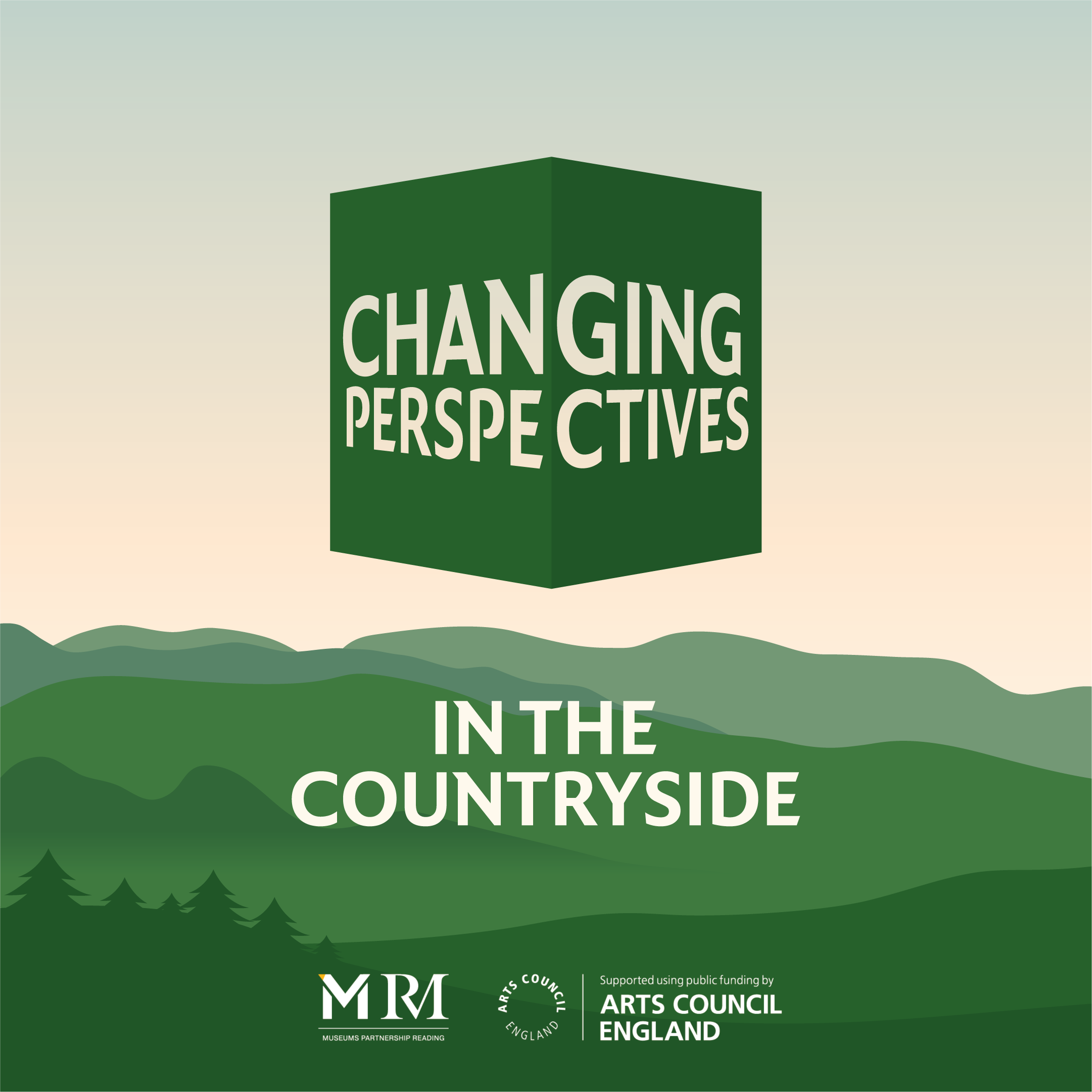
Jasmine Isa Qureshi
(Pakistani/Portuguese/Indian/British. They/them)
Jasmine Isa Qureshi is a Marine Biology BSc student at Portsmouth University. They are a writer, freelance journalist, photographer, wildlife film-maker, artist, activist, conservationist, and podcaster. In early 2021, as part of their role as Ambassador for the Bumblebee Conservation Trust, Jasmine was involved in the ‘Reintroduction and Rewilding Summit 2021 – The Short Haired Bumblebee: First 12 Years’. They have written for organisations such as The Beaver Trust, A Focus On Nature, The Wildlife Trusts, and many blogs and sites.
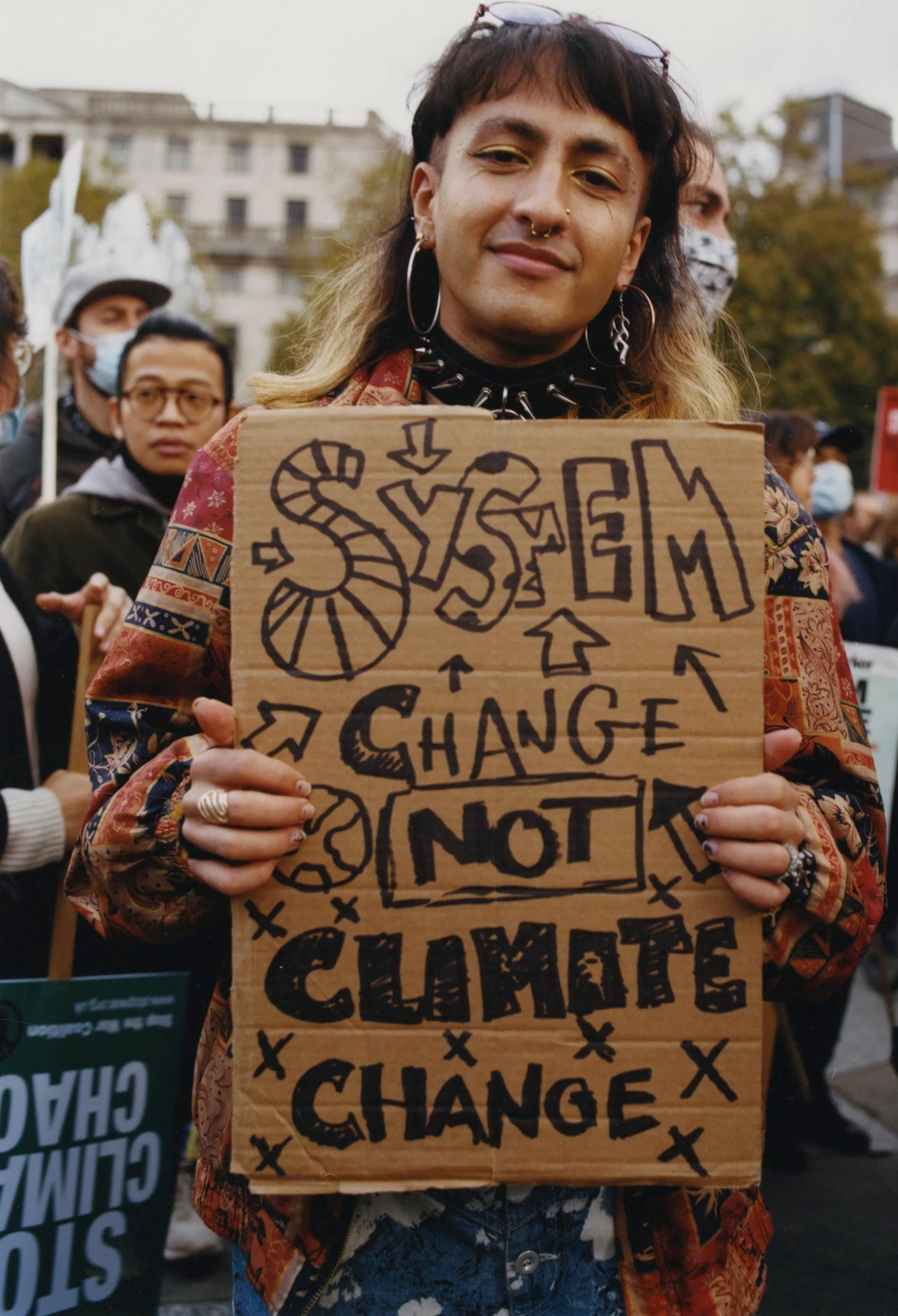
What is your connection to the countryside?
Jasmine Isa: Mine’s a bit different to many people’s, I think. I was born and grew up in a very urbanised area of London, the Broadway. I didn’t have a garden growing up; I grew up in a flat above a shop.
All my nature experiences came from watching documentaries, and these documentaries weren’t focused on the British countryside. They were focused on rainforest, oceans, that sort of thing. That’s where my real interest and passion for wildlife came from.
I was home-schooled until Year 9. My mum would take us to the local park, and that’s where I got my fill of nature. My first experience of travelling to the countryside came after, and I can’t remember exactly where it was, but it was beautiful: fields and fields of very tall grass, and lots of forest.
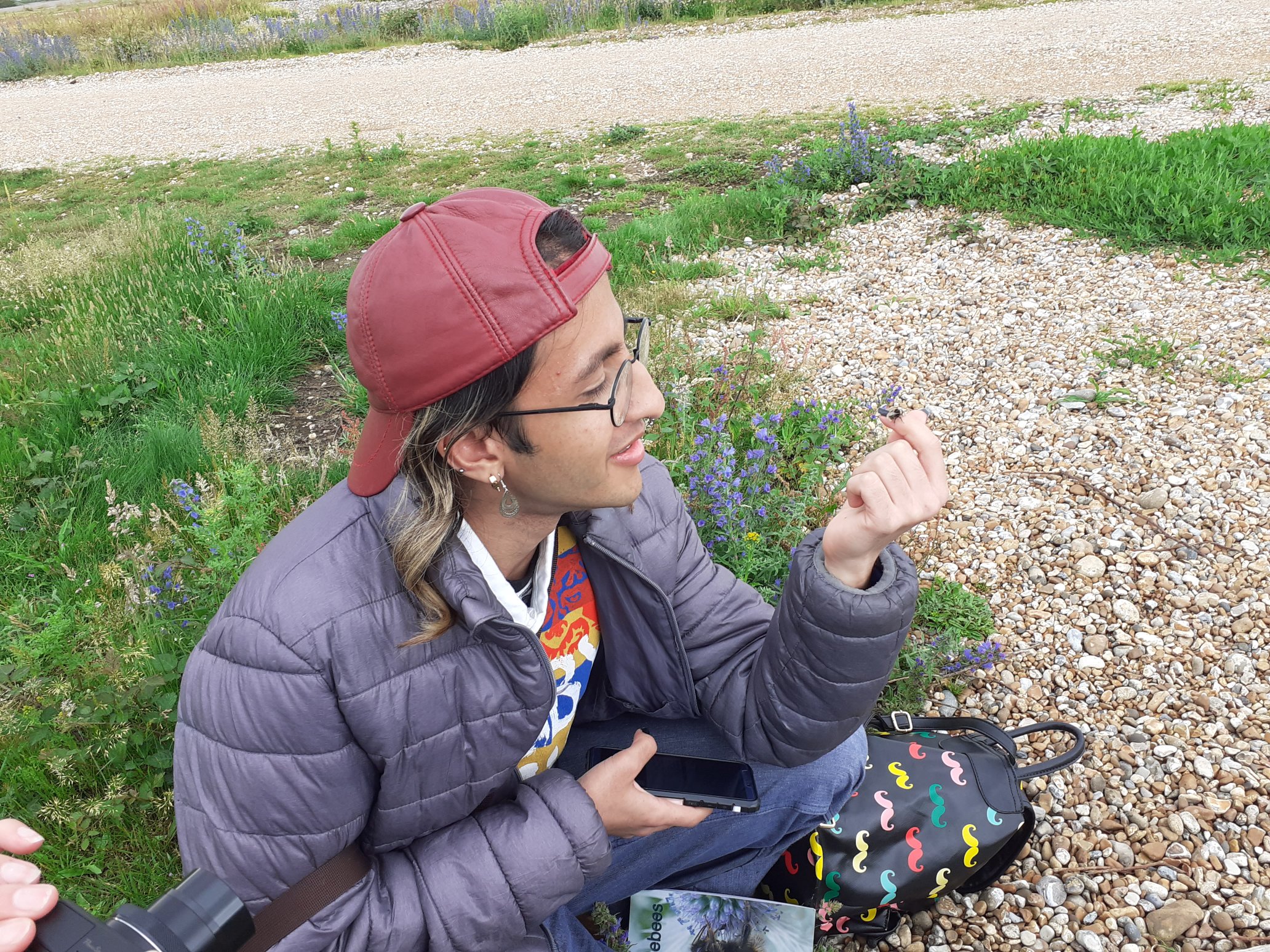
We walked around and explored nature and wildlife, and that was my first real experience of the countryside. Seeing these vast areas of nature that I hadn’t known existed before gave me a huge taste for it.
My connection to the countryside can almost be described as fleeting; I go there and then come back into the urban landscape. But I believe our connection to urban nature has been lost. We believe nature can only be found in the countryside, yet it is all around us all the time, and I think there needs to be a greater focus (especially in terms of wildlife documentaries) on British wildlife and, more specifically, British urban wildlife.
I moved out of London at one point to a more suburban area and we did have a garden, and we had reserves near us that we would visit a lot, so I think that’s another connection to the countryside.
What inspires you about the countryside?
I think it’s that feeling of freedom; of going to the countryside and not being closed in. The sounds are calmer, there’s birdsong everywhere, the wind blowing past you.
I think one of my favourite experiences was walking up onto this very hilly area which overlooked a very deep valley. I was standing up there, it was such a beautiful day, and I thought: ‘this is a real feeling of freedom, a real feeling of being able to let go and reflect in on yourself’. It sounds cliché because a lot of people do say that we reflect and feel free in the countryside, but it’s so true.

It’s also that feeling of absolute excitement when you find a new species of insect or flower. I could spend hours upon hours in the countryside, just looking for bugs, species of mammals, that sort of thing, and never getting tired of looking at these places and areas of nature-rich countryside.
When you’re in cities, there’s so much to distract you away from that. It’s brilliant, but when looking for wildlife in cities there’s always a person going past, or a car, or something you’ve got to worry about. But when you’re in the countryside all those worries melt away, and you find yourself a lot more open to exploring for hours on end. And then hay fever hits and you die, if you’re like me!
What do you wish people knew about the English countryside?
I’ve thought about this a lot.
I wish people knew how close we are to it. Obviously, there are issues with driving to the countryside, so for people living in urbanized areas those need to be addressed, but a lot of people do think that it’s so hard to get to, and they think it’s so hard to get out into nature, that they never go at all. Or they leave it to maybe one day a year where they go out to a countryside area.
But when you look at days out, or when you look at maps—like I did when I lived in High Wycombe, looking up the surrounding area—you realise: actually, these places are very close to us. It’s quite easy to get to these areas of countryside, and it’s so much easier to access nature than people do think.
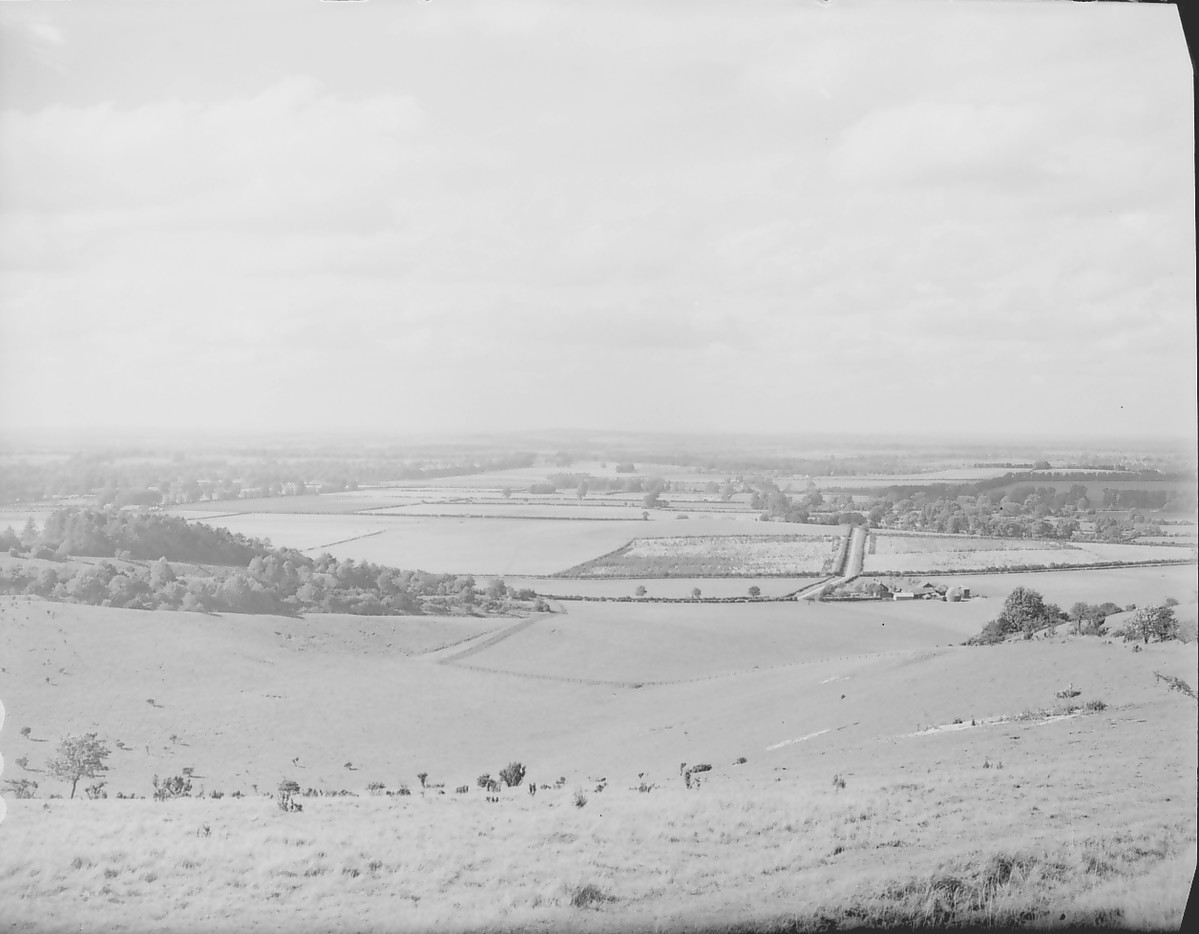
And I wish people knew how less scary these places are. People are terrified of the feeling of being out in an area where there aren’t any roads, directions or signs. Maybe there are lots of bugs, or the odd terrifying cow, or something like that. But people need to know how comfortable it can be to be in nature.
Where is your favourite place to be?
If we’re talking about green spaces, there’s this reserve called College Lake Nature Reserve. It’s really beautiful and I haven’t been there in quite a while since I’ve been at university.
It’s the first and only place I’ve seen lapwings, which is one of my favourite species of birds. It was really incredible to sit in the bird hide and see tons of them come down and feed and interact with the other birds when I’d not even seen one before. It was a really beautiful experience.
Now my favourite place is actually by the coast, the sea. I live in Portsmouth and the sea is 20 minutes away from me. I love being able to travel there so easily, sitting by the water and hearing the ocean. I walk along the beach and find so much wildlife, things many people wouldn’t be able to find. I post all these pictures of tiny little organisms, and people say, ‘I thought there were only stones on that beach!’
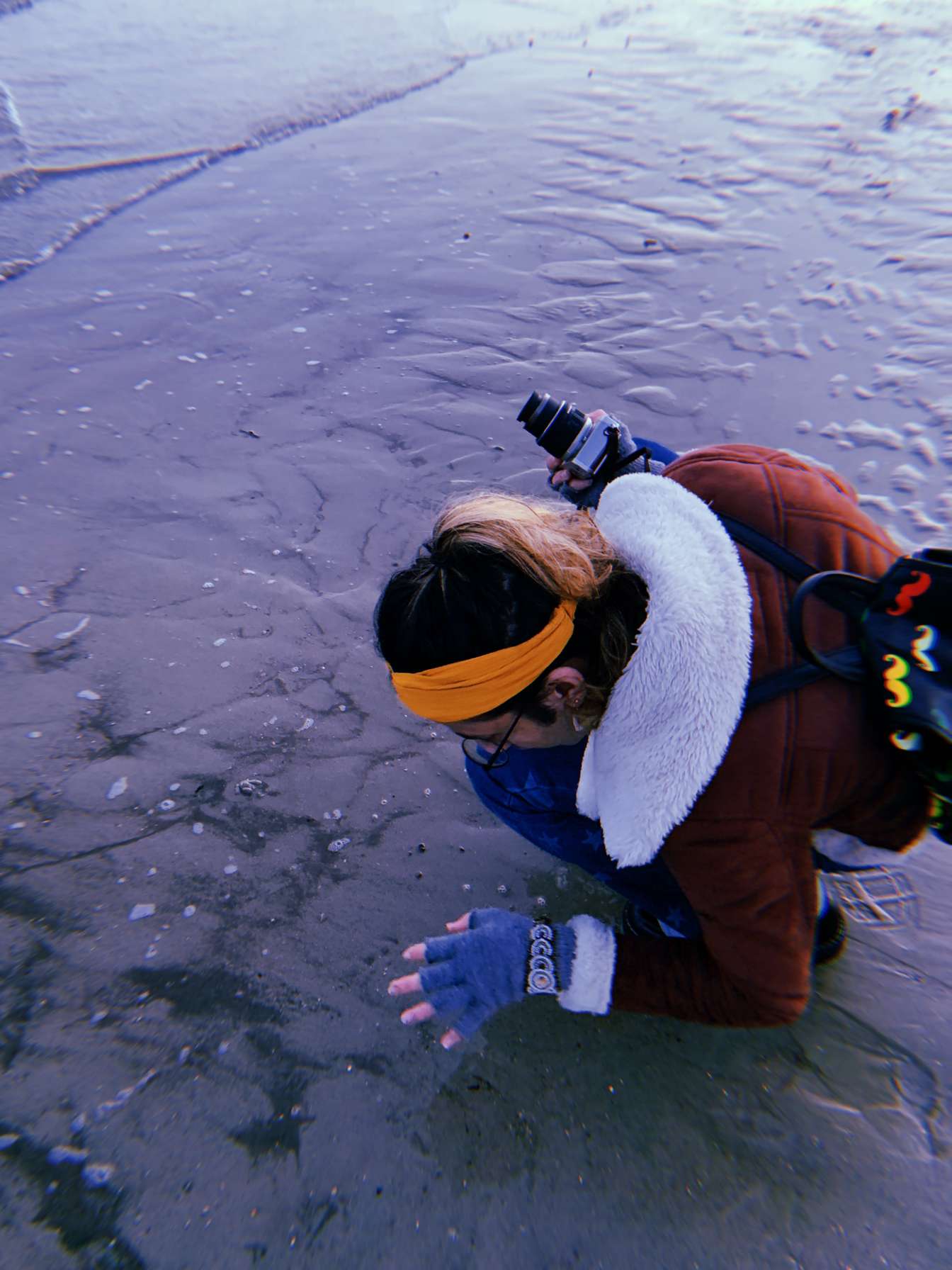
It’s all about walking along the beach, looking at the floor, and paying attention to everything around you. I think the sea really helps with that. In my later year of finishing university, when I was very stressed, I’d go to the ocean and find it a very calming atmosphere: something I’d not really realised having grown up in the middle of the UK.
Growing up, areas of countryside and nature for me were farmland, forest, and that sort of thing. Those were the things that calmed me. When I moved to Portsmouth, being able to see the ocean all the time, and being able to interact with that as a marine biologist, has been one of my favourite experiences.
What is your experience of living, working in, and visiting rural areas?
Mostly my experience has been quite positive. I used to do a lot of volunteering when I was younger with College Lake Nature Reserve. I also did some with the Chiltern Rangers as work experience, and was able to see what they did on the ground, which people don’t normally see as conservation work. Oftentimes, when people think of conservation work, they imagine rescuing animals or being on TV. But these people were cutting away verges, pruning things, making sure the local plant life was okay, and checking the reserves for healthiness in terms of the diversity and the ecology. This is the real work that really makes these areas diverse and safe for wildlife. Being involved with this really gave me a view of how the whole process of conservation works, and it made it easier for me to understand other people who work in the sector.
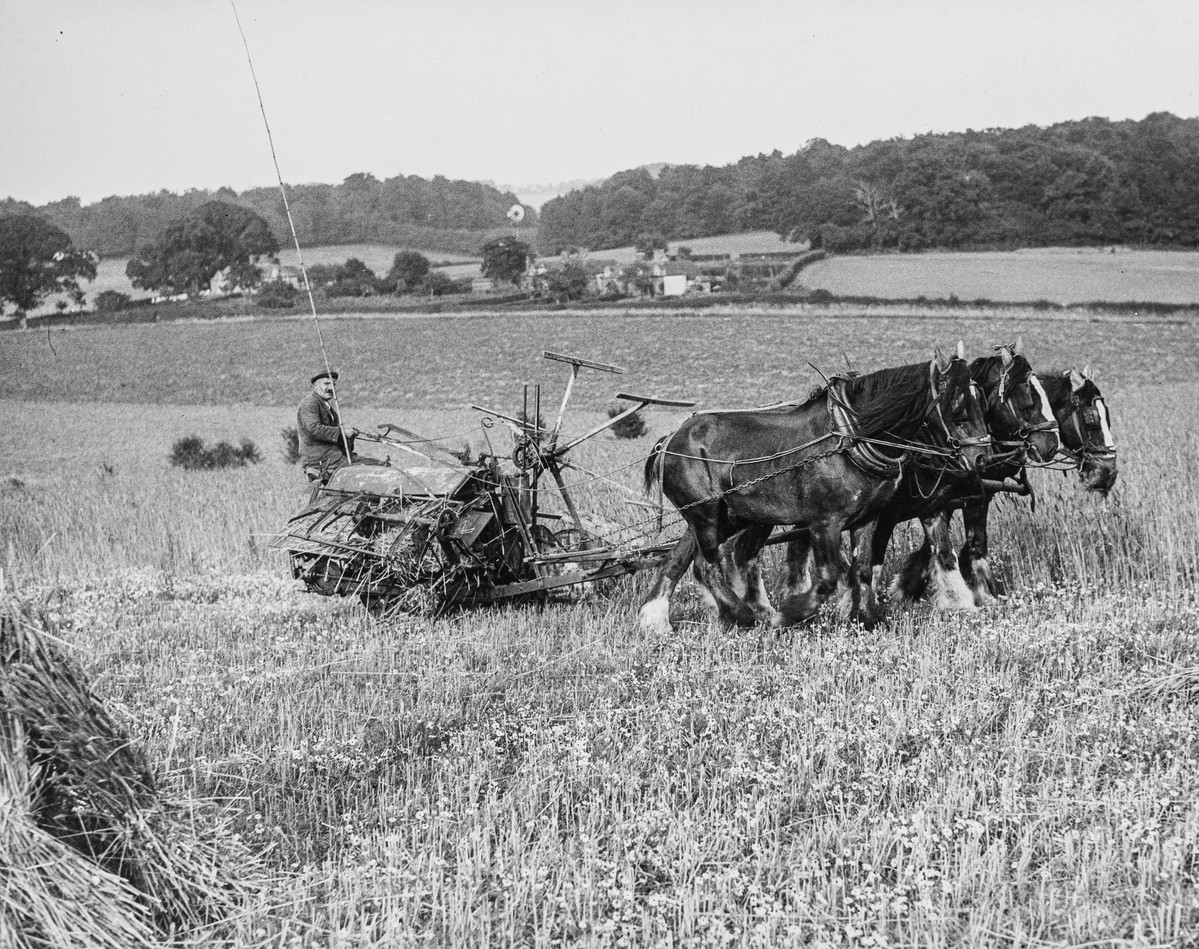
When I look at diversity statements, and when I look at people who work in the sector, I have to very much pay attention to who’s actually working there. Not the people at the top of the corporation or business, not the people who make the policy, but the people who are affected by the policy. It’s been really positive in that sense because I’ve really gotten to know how it works.
When you’re working and volunteering in these places, it also allows you to be really invested in nature and surrounded by it all the time. I still haven’t done something I always wanted to do, which is ringing – where you ring birds. I’d love to do that.
In terms of negative experiences, these have mostly related to diversity and race. Obviously, many countryside spaces are quite cis, white, and middle-class areas. Me coming there and being none of those (well, maybe a bit middle class!) has made me realise that I do stand out quite a lot. Those experiences did cause me to drift away from nature and wildlife, because I didn’t believe I belonged in those areas at all. But came back into it because I realised that if I don’t do it, who’s going to? It really does have to be that push to make that change.
So, really, it’s been a mix of positive and negative. The positive being that nature always draws me back in, but the negative being that it isn’t a very diverse place, and we do have to work on that.
In terms of accessibility, I do remember people who were perhaps in wheelchairs or disabled in areas that are very inaccessible to those kinds of people. We’ve got a long way to go I think, but we will get there because you know how amazing it is to be in nature.
How important is rural community to you?
I think they are incredibly important.
I grew up in urban areas and spend a lot of my time there. I did a small project with the Bumblebee Conservation Trust, where I made a video about the short haired bumblebee and its reintroduction to the countryside. That plus a few other projects I’ve done really highlighted the importance of farmers, and the importance of rural communities and people who work in those areas. They really hold up the countryside if you think about it. You can sit in urban areas and make policy and talk about how you’re going to change things and get people out volunteering, but the people who live there and own these areas of land, they’re the people who govern how the wildlife exists. You must work with these farmers and not demonise them for the work they’re doing. That goes for rural communities too.

For me, as someone who values the countryside and wants to make it more diverse and more ecologically important – right now England’s countryside isn’t the most diverse because it’s been stripped over the years in terms of farming practices, but those farming practices have been governed by supermarkets and big corporations. It’s not the farmers’ fault for having to put food on the table. Without them the ecology of Britain would not exist at all. So, I think rural communities and especially farming communities are really important.
Tell us about your wildlife film making.
My aspiration is to be a wildlife journalist and filmmaker, just trying to tell stories about nature and the environment and tying those in with people. I find that a lot of the time, we’re told that they’re two separate entities, they’re supposed to exist differently, and that doesn’t help anyone, because people and nature lean on each other so much. We’re so intertwined in our existence that it would be impossible to separate the two. And it has been impossible. We’ve not been very progressive in terms of saving the environment because people don’t try to save people. They just try to save the environment. It’s one or the other.
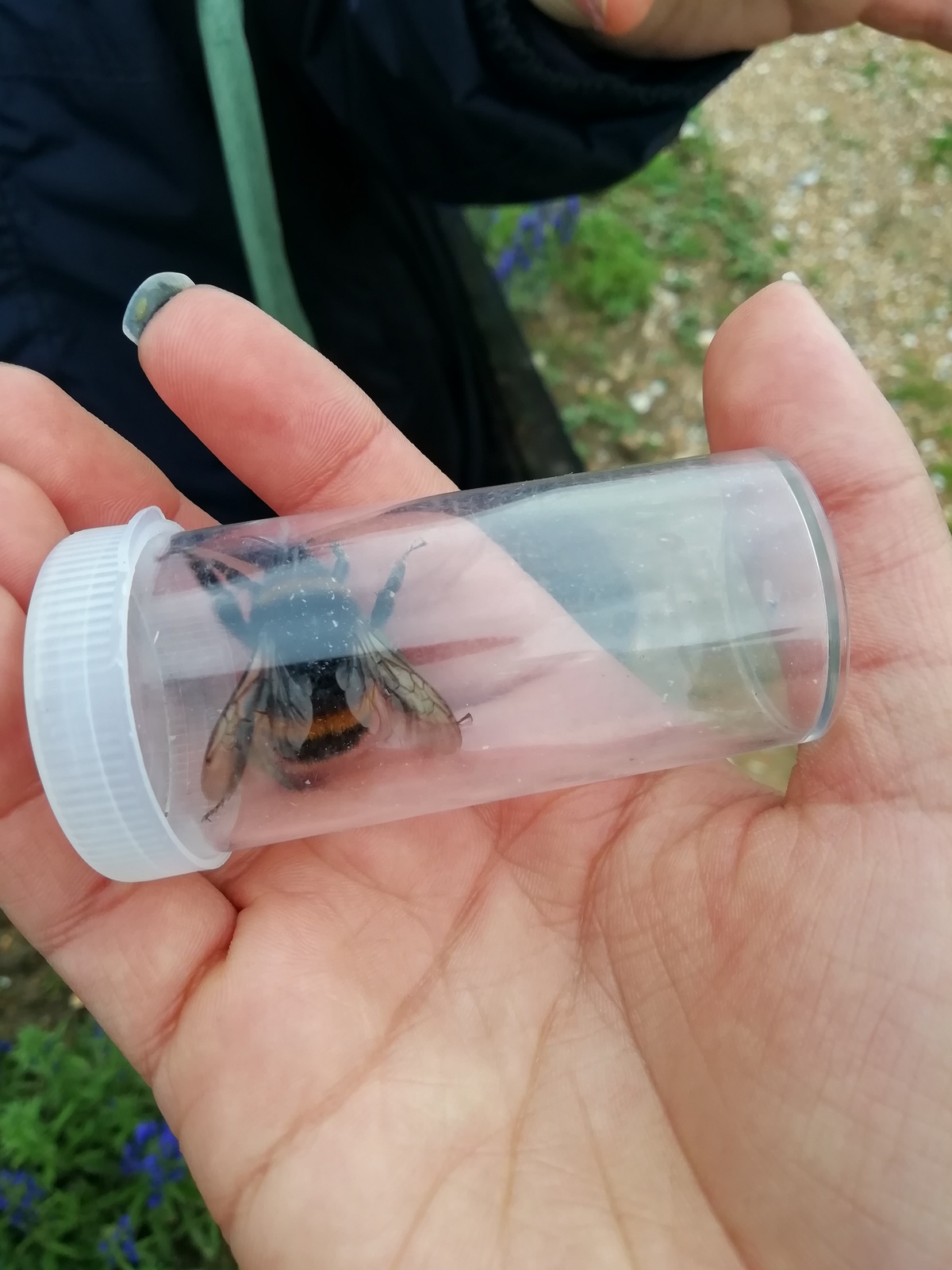
With the filmmaking, I’m trying to bring the human element to nature. With the countryside, that really needs to happen. The reason that the countryside has been stripped bare and turned into farmland is because people have lost their connection to it. We see nature either as something that produces for us, or something that should be without humans at all. The reality is that it can be all those things, and it can be ecologically diverse. With my writing, I’m trying to intertwine those elements of humanity and nature together and tell a story that will get lots of different people involved.
Which object from our collection did you choose?
I picked this magnifying glass.
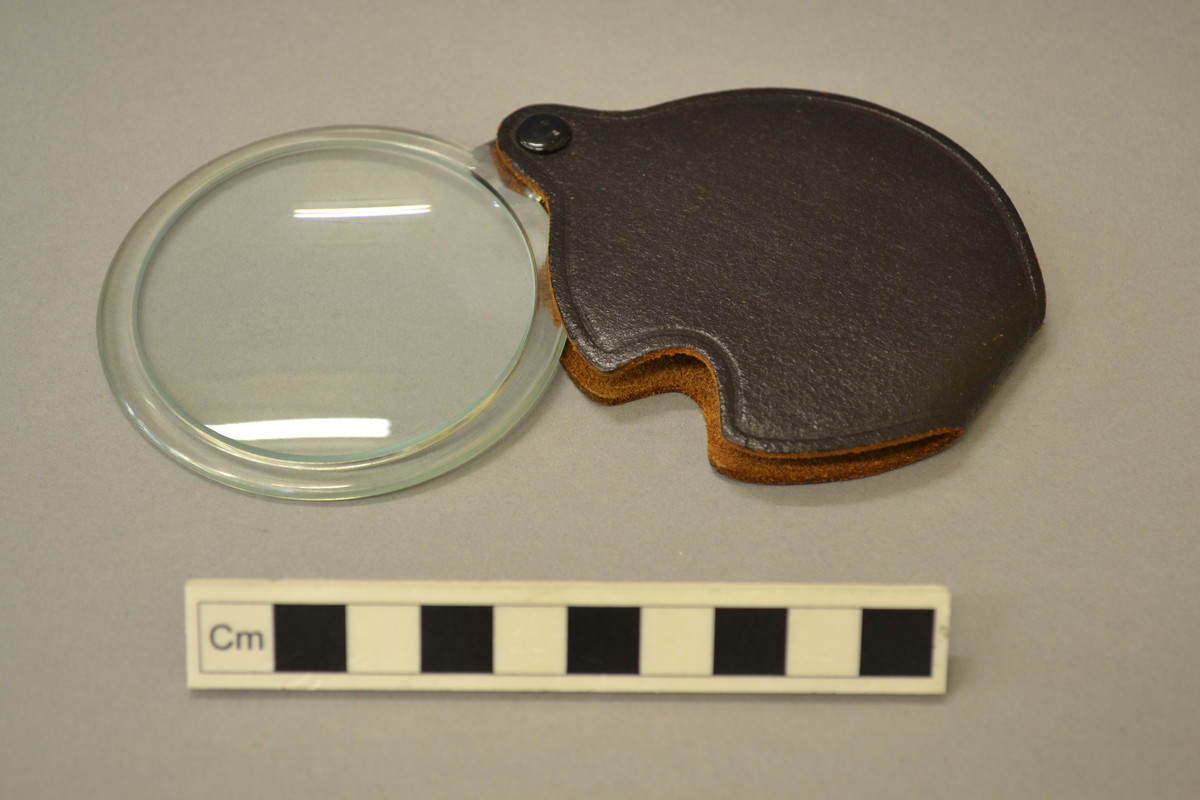
I had eight or nine of these as a kid and packed them whenever I went into the countryside. My interest in nature started with plants and insects. For both of these, a magnifying glass was essential. When I was a kid I would have wanted one exactly like this!
Insects and plants drew me into the world of very small organisms, so I would always be looking at insects, bugs, and very small plants. That’s what you find in urban environments. Because everything has been so dominated by humans, you often find that nature is very small. Everything big has been kicked out into the countryside.
In looking for these things you get very used to needing a magnifying glass. You know the Sherlock type ones with very thick glass? I had one of those that I picked up from my grandparents. I used it until the lens fell out, and it wasn’t very useful after that!
As I got more used to going around with my bag and various bits and pieces of equipment, ID guides and that sort of thing, the little flip glasses became more useful because you could just put them in your pocket. When I went to my first nature reserve, my first area of countryside, that was really useful. It’s been a while since I used a magnifying glass, because with phones now you can take a picture, take it home, and enlarge it, but I think it might be time to buy a new one! This has gotten me interested in them again.
Find out more
Thank you for reading this second entry of the Changing Perspectives in the Countryside series, and to Jasmine Isa for their incredible insights and time.
From this week onwards, we’ll be adding all of our published posts to the Changing Perspectives in the Countryside online exhibition. Read more Changing Perspectives conversations every Thursday, in the online exhibition or right here on our blog.
If you’re a person of colour interested in sharing with us your experiences, work or life in the English countryside, we would love to hear from you. Please reach out and contact The MERL’s Nicola Minney via email.
